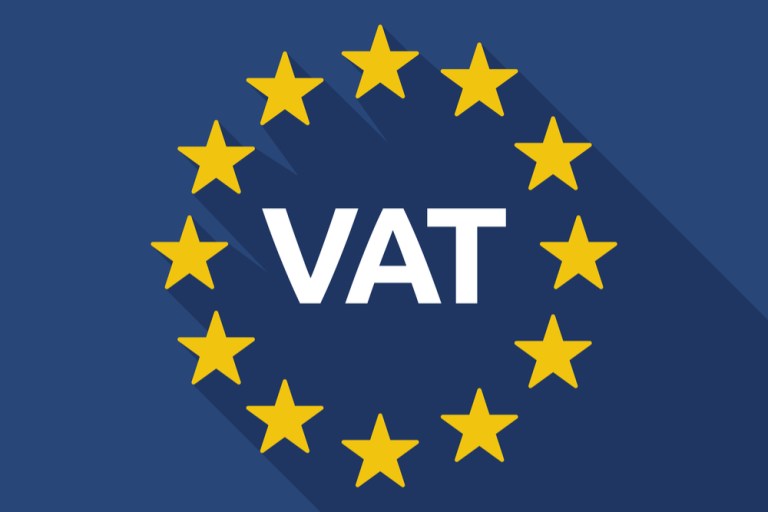
Direct Commerce has enhanced its procure-to-pay platform to support jurisdictional compliance across borders in Europe, the company announced on Monday (March 12).
The Software-as-a-Service solution has added capabilities to ensure European VAT compliance, the company explained. Direct Commerce also integrated expanded language capabilities and other compliance features for jurisdictions throughout the EMEA (Europe, the Middle East and Africa) region. According to Direct Commerce, these updates will ensure accelerated invoicing and B2B payments on its platform via its Dynamic Discounting tool.
“By carefully listening to customer needs, we have invested heavily in automating the EU VAT compliance requirements, resulting in easy-to-use, secure eInvoicing and payments enhancements that can be deployed on a global scale,” said Direct Commerce CEO Bruce Hanavan in a statement.
Direct Commerce noted that VAT rules are specific to each member of the European Union. The upgrades automate VAT compliance based on each particular jurisdiction, plus multi-language support and multi-currency support.
“The latest global deployment represents a real step forward in terms of compliance and accuracy of invoices and VAT taxes for our customers, and it bolsters and reaffirms Direct Commerce’s ability to support customers and suppliers on a global scale,” said Direct Commerce CTO Billy Williams in another statement. “By greatly reducing errors in the invoicing process and providing configurable, easy-to-use tools, our customers and their vendors enjoy a transformed, integrated financial process that will enable even greater efficiencies in the future.”
The European Union enacted new VAT rules in 2016 that aimed to prevent large corporations from avoiding higher tax rates by claiming they’re based in nations with lower tax rates. But at the time, analysts warned those rules may unintentionally negatively impact small businesses.
Compliance is among the largest risks to which companies may be exposed in their procurement processes. Atradius research from 2016 found that supply chains today were 75 percent more risky than they were before the financial crisis. Most businesses surveyed said they expected to have a more difficult time forecasting procurement and supply chain risks in the future.